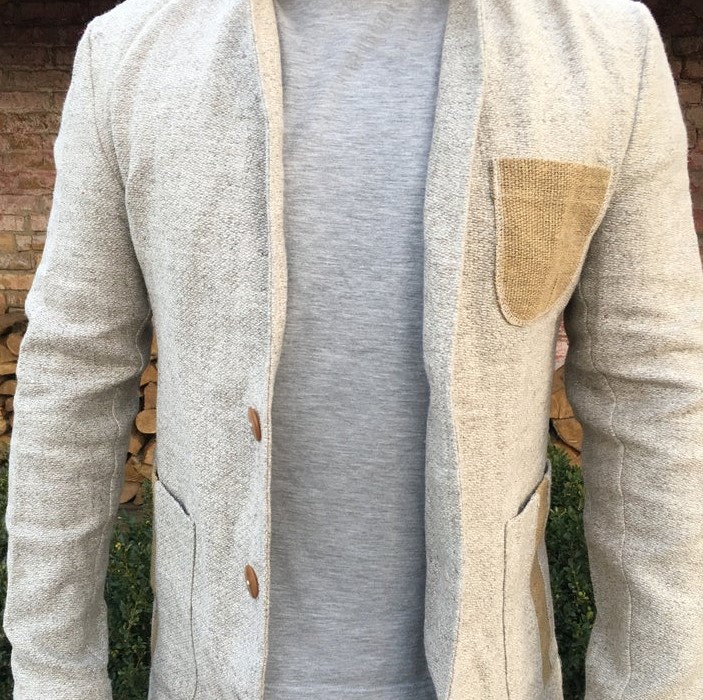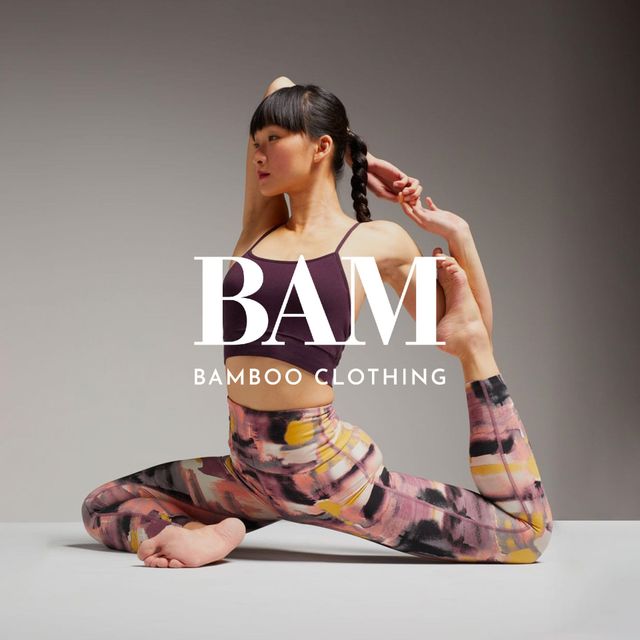Good News For Choosing Bamboo Clothes
Wiki Article
Why Is Hemp Stronger, More Biodegradable And Regenerable Than Cotton?
Hemp is believed to be more biodegradable due to its inherent qualities and the way hemp is cultivated. Here's why- Biodegradability-
Natural Fibers - Hemp is an organic fiber derived from plants is biodegradable. Fabrics and clothes made of hemp break down over time. The waste is then returned to the earth, without lasting effects. Compare this to synthetic fibers, like polyester, which may take hundreds of years to decompose.
Hemp textiles are generally free from synthetic additives, or treatments that hinder biodegradability. However, some cotton textiles are treated using synthetic chemicals, such as dyes or finishes which can slow biodegradation process.
Durability-
Hemp fibers are distinguished by their strength and endurance. Hemp clothing, textiles, and other items are more durable than cotton. The strength of hemp clothing indicates that it will withstand longer wear and washing cycles before deterioration occurs.
less prone to Pilling- Hemp fabrics are less susceptible to pilling (the creation of small fuzzy balls on the fabric's surface) compared to cotton. This attribute is crucial to the quality and durability of hemp fabric.
Regenerative Agriculture-
Soil Quality- Hemp can be regenerative when it is grown in a sustainable manner. Hemp's deep roots prevent soil compaction and erosion, and can enhance soil health by an increase in microbial activity and aeration. This aspect of regenerative can leave the land in a better state to grow future crops.
Low environmental impact- Sustainable hemp cultivation methods typically require minimal pesticide and herbicide usage, which reduces environmental harm. In contrast, traditional cotton farming could cause the degradation of soils and pollution of water because of its dependence on synthetic chemicals.
Water Efficiency-
Hemp typically requires less water to grow than cotton. Hemp's drought-resistant properties enable it to flourish even in areas with limited rain or irrigation. This makes it more efficient with water, particularly in regions in which water resources are scarce.
Hemp is also a viable option in crop rotation systems to enhance soil health, lower the risk of diseases and decrease depletion. Crop rotation in cotton farming is less widespread.
Hemp has plenty of potential. It can be utilized for a wide range of products like clothing, paper construction materials, textiles. Hemp is grown in numerous ways that include renewable and sustainable.
Although hemp has these benefits, it's important to note that both hemp and cotton can be made sustainably or not, based on farming practices and the methods used to process them. Choosing hemp products that are made with ethical and eco-friendly methods will maximize the environmental benefits. Organic cotton products are also an effective way to lessen the impact on the environment of cotton that is conventionally grown. View the top rated hemp clothes info for website advice including patagonia volley shorts, hemp long sleeve shirt, patagonia work pants hemp, 100 hemp clothing, hemp golf shirts, nomad hemp clothing, hemp tank top, 100 hemp t shirt, hemp swimsuit, hemp textiles and more.

What Gives Hemp Fibres Its Breathable, Moisture-Wicking And Thermoregulatory Properties?
Hemp fibers possess distinct chemical and structural properties that make them breathable thermoregulation and moisture wicking. These characteristics are a result of the following aspects. Microstructure- Hemp fibres have a porous and hollow structure that lets air circulate through the fibers. The natural porosity of hemp makes it highly permeable. This structure is woven into fabric to allow air to pass through. This allows for ventilation and prevents heat and moisture from being trapped against the skin.
Hemp fibers are able to absorb water and wick away moisture. When you wear hemp clothes, these fibers can absorb sweat and moisture from your skin, preventing the feeling of being wet. The hemp fibers also help to wick water away from your body by dispersing the moisture over an extensive surface that allows it to evaporate faster. The ability to wick moisture keeps you comfortable and dry during exercise or during hot temperatures.
Hemp fibres possess natural insulation properties. They can hold warmth close to your body in cold weather, providing warmth. In contrast, they permit the excess heat and moisture escape during hot weather which helps keep you cool. Because of this inherent thermoregulatory characteristic, hemp clothes is suitable for a variety of different conditions and temperatures.
Hemp fibers have antimicrobial properties, and they can impede the development of bacteria which cause odors. This attribute contributes to the freshness of hemp clothes even when it is worn in the course of physical exercise.
Hemp fibers are long-lasting and are extremely durable. That means hemp clothing can be able to withstand repeated washing and wear without losing breathability or moisture-wicking properties. This endurance extends the life of hemp garments. This decreases the requirement for replacements as well as the environmental impact.
UV Protection- Hemp fibers provide a level of natural UV protection, protecting the skin from harmful ultraviolet radiation. The UV-blocking properties add to hemp clothing's versatility, making it perfect for outdoor pursuits.
These characteristics are inherent in hemp fibers and do not depend on chemical treatments or additions. The natural properties of hemp make it an environmentally friendly and comfortable option for clothing, especially for outdoor clothing, activewear, and warm-weather clothing. These characteristics are also maintained when hemp fibers are transformed into textiles. They are a highly sought-after material for environmentally friendly clothing. Have a look at the recommended hemp clothing tips for more recommendations including hemp apparel fabric, jeans hemp, hemp button shirt, organic hemp clothing, hemp sweatpants, hoodlamb jacket, hemp denim, hemp swimsuit, hemp cotton fabric, hemp tees wholesale and more.

What's the difference between bamboo and hemp fibers?
Two different fibers, hemp and bamboo both are utilized in textile production. Each one has its own characteristics and unique particularities. These are the key differences between bamboo and hemp fibers. Plant Source-
Hemp- Hemp fibres are made from the outer bast of stalks. Hemp is a pliable and quick-growing plant that has been cultivated for different reasons for many centuries.
Bamboo Fibers of Bamboo are made from the bamboo pulp plants. Bamboo is grass that grows rapidly and is known for its sustainability.
2. Fiber Characteristics
Hemp- Hemp fibers are recognized for their strength and durability. They are natural fibers with a lot of strength that become softer and softer after washing, which makes them suitable to make long-lasting textiles.
Bamboo fibers can be silky and soft. Although they aren't as strong as hemp fibres and may be more fragile in some cases but their softness on the skin is highly valued.
3. Texture and Feel
Hemp- Hemp fabric has an extremely rough and textured texture, especially when it is in its natural form. Although it can be an incredibly comfortable fabric, the texture is distinct from bamboo.
Bamboo fabric is silky-smooth and very soft. It's described as feeling like a blend of silk and cotton, making it very comfy to wear.
4. Breathability & Moisture-Wicking-
Hemp- Hemp is naturally breathable. It also absorbs water. They help you stay cool and dry even in the hottest temperatures.
Bamboo The bamboo fibers are extremely humid and breathable. They also have a moisture-wicking. The micro-gaps enhance the ability of bamboo fibers to regulate humidity and temperatures, ensuring you are at ease no matter the weather.
5. Environmental Impact-
Hemp- Hemp is considered as an eco-friendly fibre due to its water-required minimum, fast growth, and resistance to pests, which reduces the requirement for pesticides and herbicides. It is also able to absorb carbon dioxide from the atmosphere as it grows.
Bamboo's sustainability is well-known. It grows quickly, needs less water and is easy to grow without synthetic pesticides. Some bamboo species, such as Moso Bamboo, are believed to be extremely sustainable.
6. Processing-
Hemp- Hemp fibers must be processed extensively to separate the bast fibres from the inner core. The process may involve retting or decortication.
Bamboo The bamboo fibers are obtained using a chemical called the viscose, or rayon process. The process involves cutting down bamboo pulp. While this process raises environmental concerns if it is not managed in a responsible manner, certain bamboo textiles utilize closed loop systems to minimize the amount of chemicals that are disposed.
7. Versatility-
Hemp- Hemp fibers are flexible and can be used in a wide range of uses, such as clothing, textiles, paper construction materials, and much more.
Bamboo- Bamboo fibers are mostly used in textiles and clothing, but can also be found in other items such as towels and bedding.
Bamboo and hemp are distinct and offer sustainability advantages. It depends on what qualities you want in a product and how eco-conscious you are. Check out the recommended bamboo clothing for website examples including bamboo top, bamboo newborn clothes, bamboo workout clothes, bamboo clothing leggings, boody ecowear, bamboo clothing sustainable, women's freefly apparel, bamboo mens shirts, ladies bamboo tops, t shirts bamboo and more.
